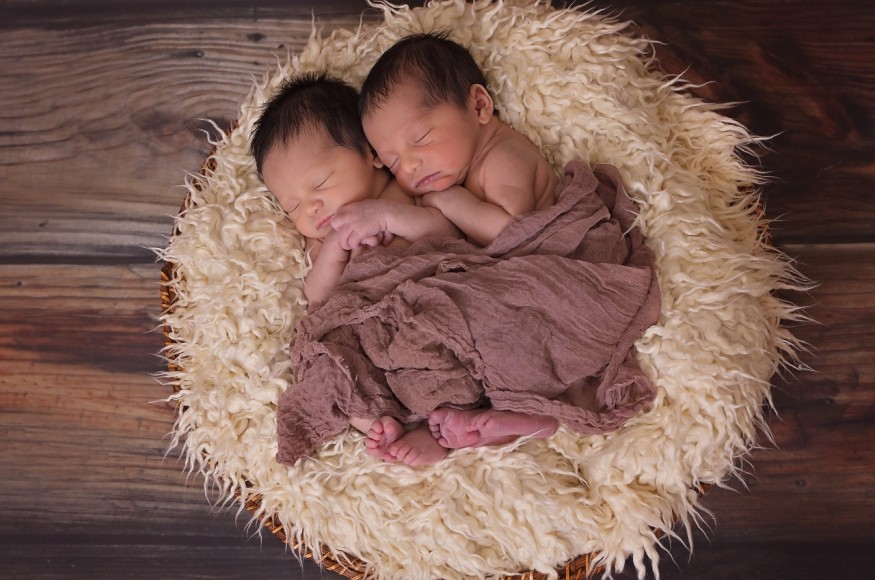On October 31, when most people are celebrating Halloween a couple from Portland, Oregon welcomed twins from embryos that were frozen 300 years ago, in 1992.
Philip and Rachel Ridgeway had two "good-sized babies" from embryos that broke the known record for the longest frozen embryos that resulted in a live birth. The embryos were frozen on April 22, 1992, and the couple had their minds blown by the entire process.

Twin Babies Born After 30 Years of Being Frozen Embryos
According to BBC, the embryos were frozen at around -196 degrees Celsius (-323 degrees Fahrenheit) in liquid nitrogen on April 22, 1992. Rachel gave birth to the twins on October 31 this year, which Philip describes as a "mind-boggling" experience.
The twins, Lydia Ann and Timothy Ronald Ridgeway, likely set a new record. The National Embryo Donation Center (NEDC), a private organization that helped birth more than 1,200 infants from donated embryos, said that the previous record-holder was Molly who was born in 2020 and also took the record from her sister Emma who was born in 2017. Both Emma and Molly were embryos frozen in 1992.
Dr. John David Gordon, who performed the embryo transfer, said that the decision to adopt these embryos should reassure couples who are planning to adopt them, which are embryos created 5, 10, and 20 years ago.
The twin embryos were created 30 years ago for an anonymous married couple via in-vitro fertilization (IVF) in which the man was in his 50s and repeatedly relied on an egg donor who was 34 years old. The frozen embryos were kept in storage at a facility laboratory on the west coast until 2007 when the couple decided to donate them to the NEDC for another couple to use them instead.
NEDC said that they hope the news would encourage other couples to experience the blessings of embryo adoption. The twins are the first children of the Ridgeways that are from IVF or donors, but they already have other children between the ages of one and eight.
What Is Embryo Donation?
The process the Ridgeways underwent is called embryo adoption. Per CNN, this is made possible when people who undergo IVF produce more embryos than they use and those extras can be cryopreserved for future use or donated to research to advance the science of reproductive medicine or donated to other couples.
Embryos to be donated must meet certain US FDA eligibility guidelines to be donated, such as being screened for potential infectious diseases. The NEDC said that embryo adoption is not a legal adoption in the case of traditional adoption that occurs after birth. But the term allows couples to pursue the process and raise a non-genetically related child.
The American Society for Reproductive Medicine added that the term 'adoption' is inaccurate since it is misleading and could place burdens upon recipients and should be avoided. More so, the term refers to living children but it is a medical procedure in embryo donation.
Experts said that using donated embryos can often be cost-effective for people looking for fertility help as it cuts out the price of looking for or storing donor sperm and egg cells.
RELATED ARTICLE : Meet the 'Oldest Baby' Born Who's Almost As Old As Her Mother
Check out more news and information on IVF in Science Times.
© 2026 ScienceTimes.com All rights reserved. Do not reproduce without permission. The window to the world of Science Times.












